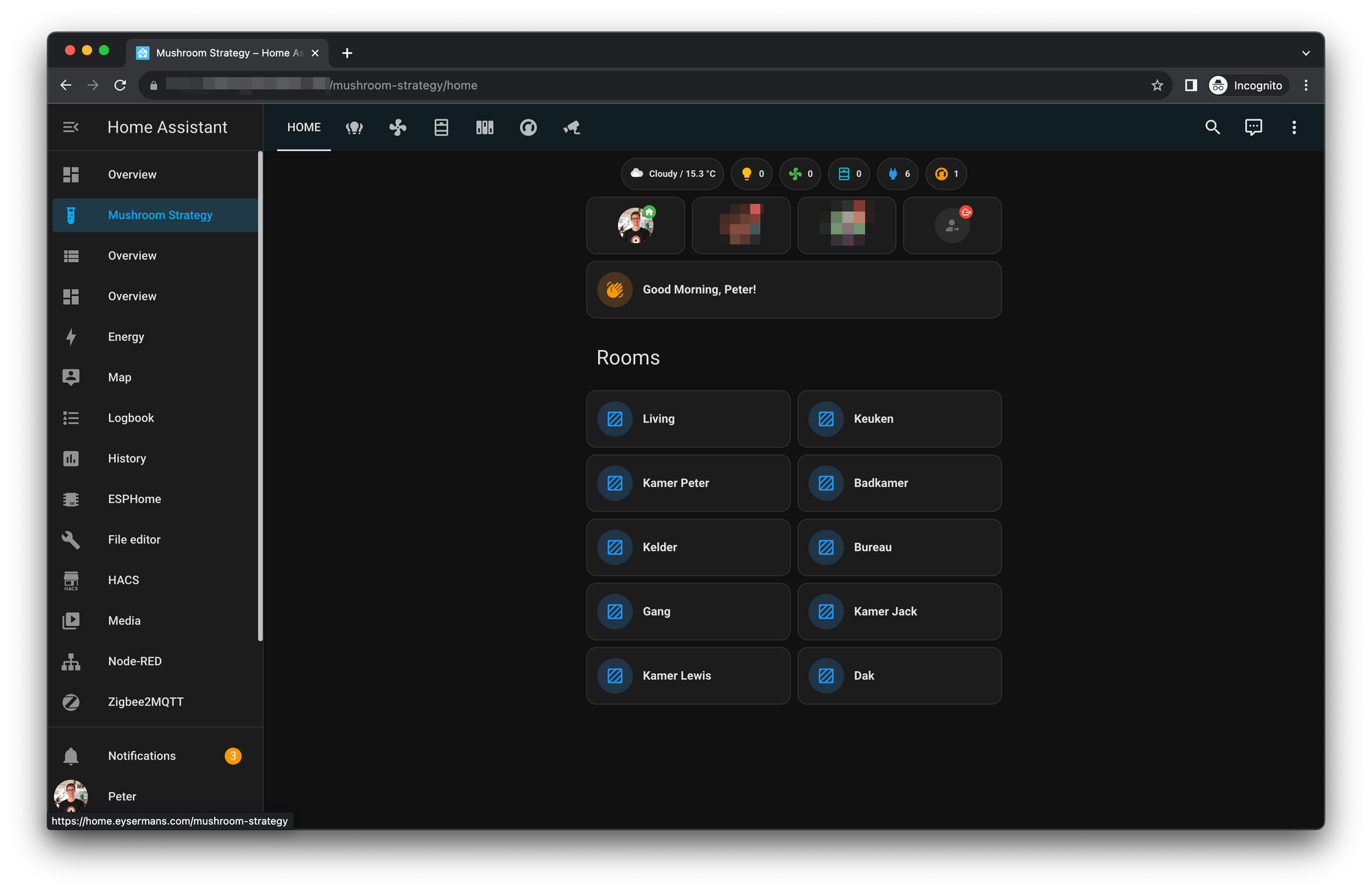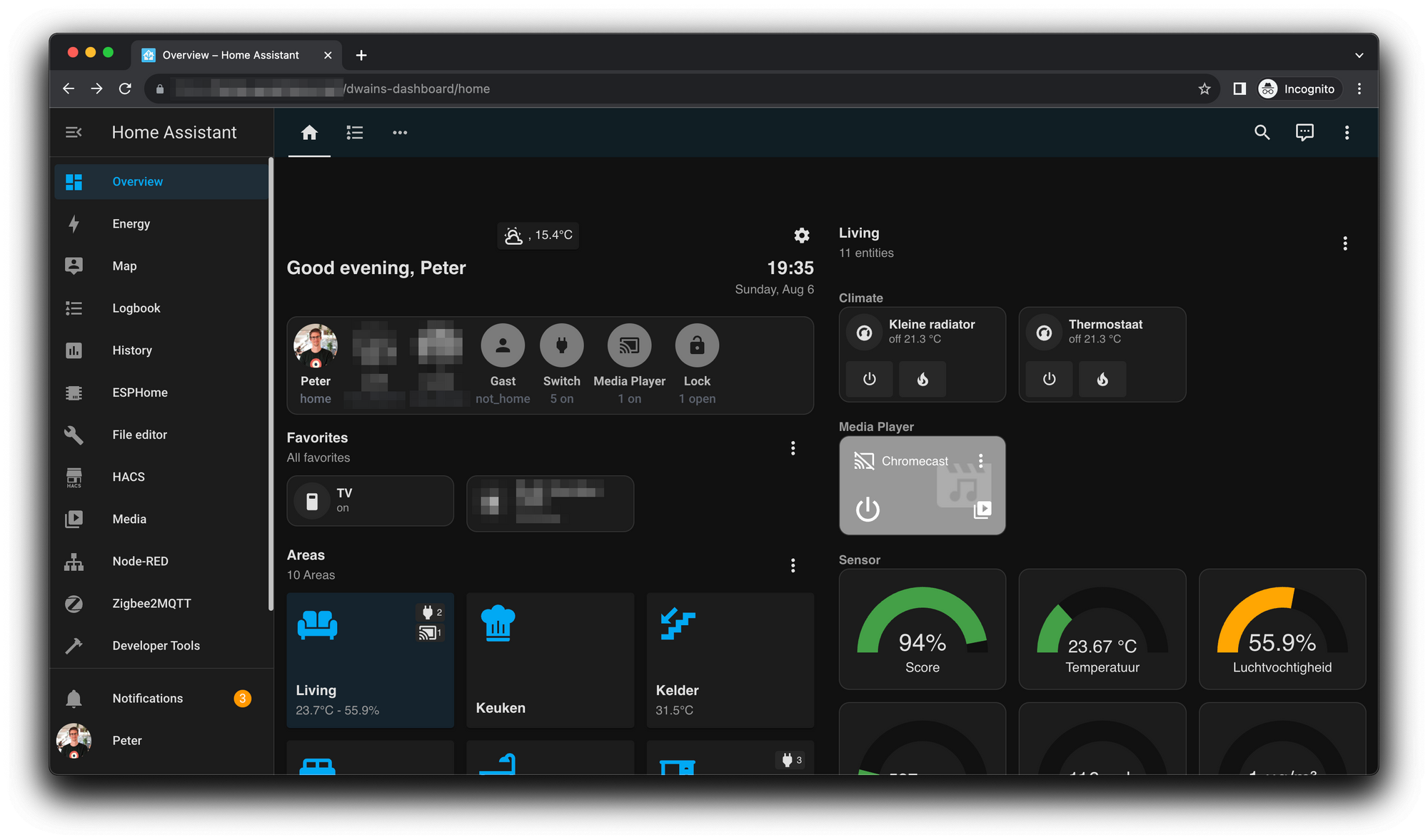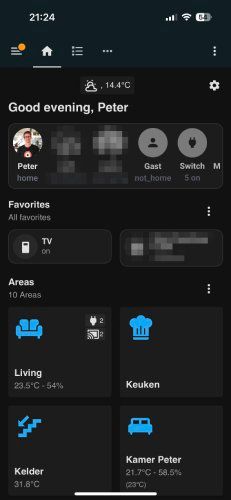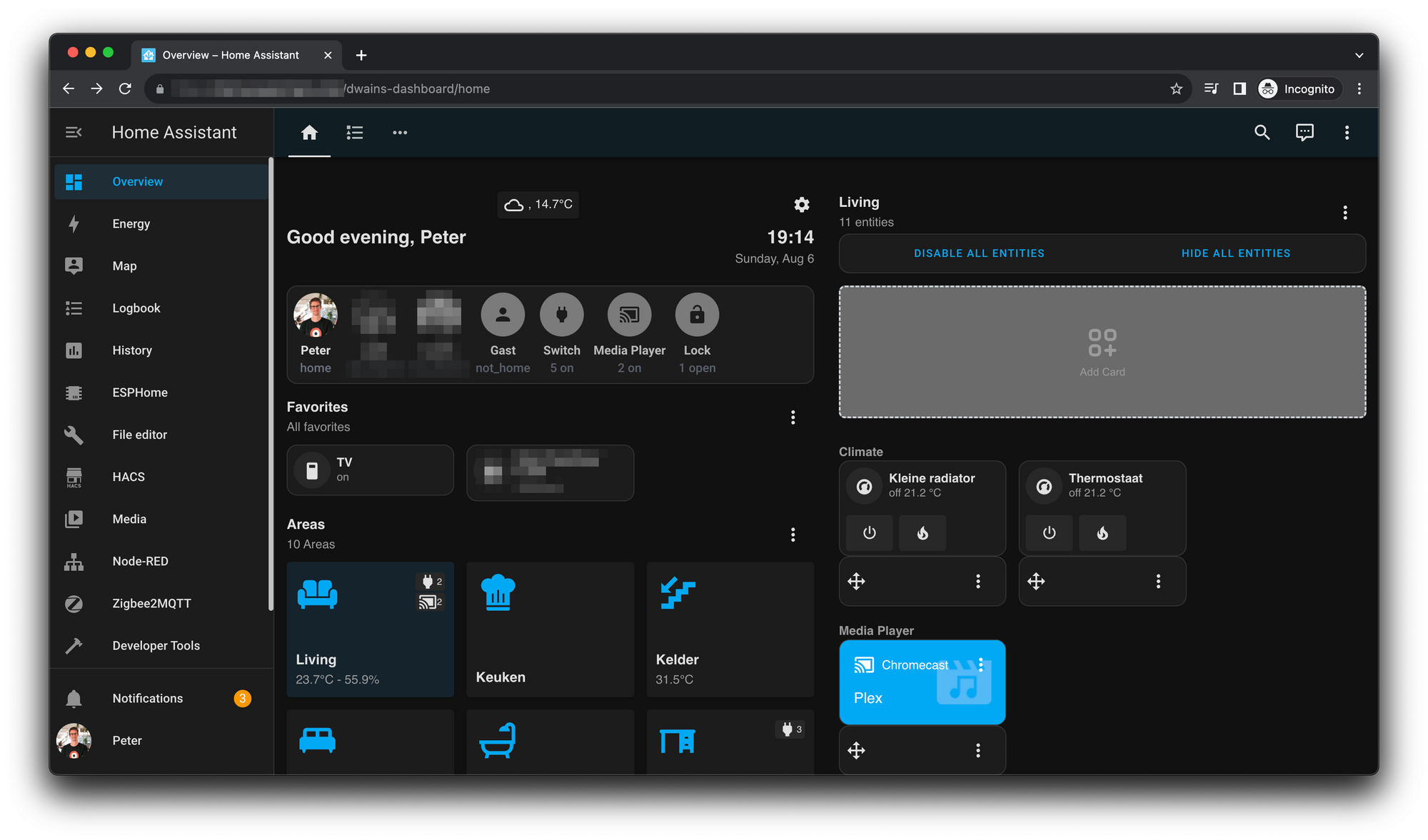Auto-generated Home Assistant dashboards
Home Assistant is a fantastic platform. I've been sucked into it for quite some time. Creating the dashboards is fun, but finishing them is very difficult. They are a constant work in progress and take quite some time to get right. In the end, the results can be stunning. But getting there feels like a full-time job.
People on the internet create some very lovely dashboards:
- Here's my dashboard! Took 6 months to get here but I am pretty happy how it turned out. on Reddit
- Dashboard season? I'm in! on Reddit
- I updated my HA homescreen. Enjoy (or don't). Feel free to ask questions on Reddit
- Current HA dashboard on Reddit
Half-finished dashboards have been a reality in my life for too long. They always kind of work but could be better. The truth is that I never seem to have enough time to spend on them. It takes a lot of time to get them exactly right. And once you get something just how you like it and open it on your phone, it's back to square one.
Looking into better solutions, I've decided to try out packages that generate dashboards for you. Install the package, let it do its thing and enjoy the automatically generated dashboards. The goal was to get dashboards that covered 90% of my wishes. I wanted to find the sweet spot between building dashboards by hand and having generic ones covering most of what I need.
Mushroom strategy
The first package that provides this kind of functionality is Mushroom strategy. Installation is easy via HACS. Once installed, you can create a new dashboard using the type custom:mushroom-strategy. It automatically generates the dashboard for you. This package does a good job; all your entities are split up per area and foresees separate pages that group your entities based on type. Unfortunately, it has one deal breaker for me. To hide entities, you have to edit YAML files. And that's something I want to get rid of. The less time I spend editing YAML files, the better.

Dwains dashboard
Another well-known package is Dwains Dashboard. It has similarities with the Mushroom strategy package. Installation is done via HACS; the result is a dashboard that includes all entities grouped by area.


What I like about this package, it gives you a base to work with, but it allows for some customization without having to edit YAML files. Entities can be hidden or disabled. The package gives each entity a standard card but can be customized. For each page, you can define extra cards if necessary. All this can be done without having to edit a YAML file.

The most significant selling point for using this package is that you always have a working dashboard. Of course, the dashboard always has room for improvement, and that's fine. But you can improve it step by step without wasting time debugging layout issues.